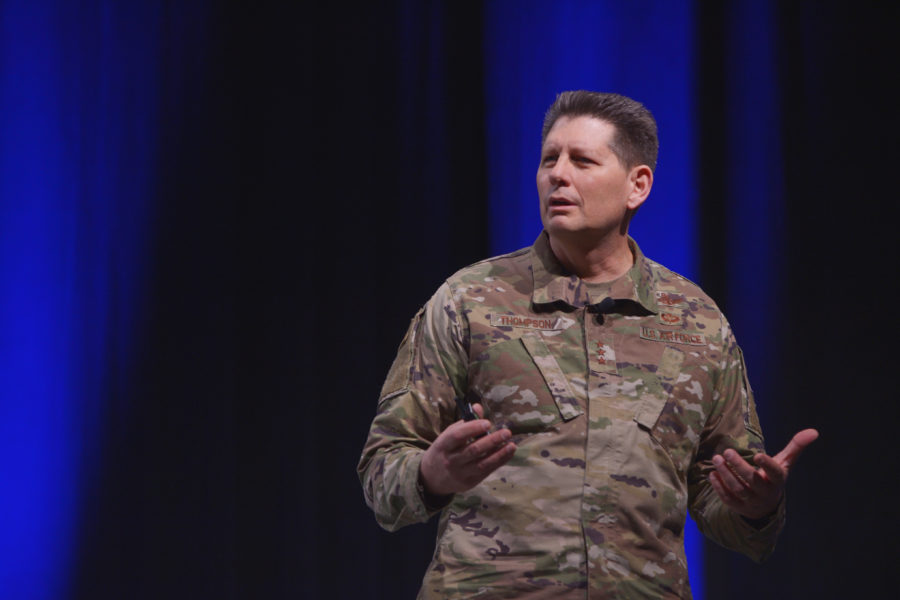While the U.S. is still the world’s leader in space, China can move much faster and the U.S. Space Force needs to adapt with new acquisition processes to stay ahead, the new service’s No. 2 said March 16.
Gen. David D. Thompson, the Space Force’s vice chief of space operations, said during a Foreign Policy Research Institute event that America’s lead is shrinking because Beijing is “moving forward rapidly … and investing heavily.”
The Space Force’s acquisition process, largely a remnant from Air Force Space Command, is a cycle that takes a long time to develop, while China’s cycle time to build and fly new capabilities is three times as fast. China is growing “both in number and increasing in sophistication,” Thompson said.
“We’re still the best in the world at space, … but we’ve got to adapt to the 21st century world, or we will be left behind,” Thompson said.
China has already demonstrated weapons that would target space-based capabilities, in addition to jamming systems that can attack U.S. systems “at a very large scale,” he said. The U.S. systems are “incredibly capable, but small in number,” and it does not take that many orbital or direct-ascent weapons to “be able to threaten a significant portion of the constellation.” To counter this, the Space Force needs to design a more distributed architecture that is harder to attack, along with new defensive systems, he said.
The Space Force is working with Congress and the Office of Management and Budget to develop new acquisition processes that “are more streamlined to allow us to be more agile in terms of rapidly fielding capabilities,” Thompson said.
The new service is developing its Space Systems Command, which will oversee acquisition. The new command is coming together and will likely be fully established this summer. “Stay tuned, expect an announcement soon,” he said.
Space Systems Command is one of three field commands in the Space Force, and it will operate like Air Force Materiel Command in overseeing acquisition and development. Its “foundational element” is the legacy Space and Missile Systems Center, with other “elements” being added to it.
The Space Force is growing in size and bringing on personnel. As of March, the service has 4,300 uniformed “Guardians,” 6,000 civilians, and 6,000 USAF Airmen assigned to the service for support roles such as security forces, civil engineers, logisticians, and a “whole set” of other roles.

